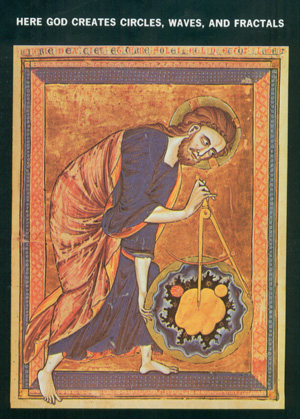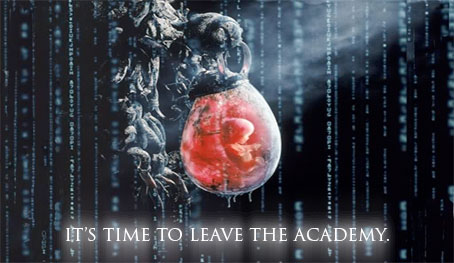Oct
6
2010
The Fruitful Field
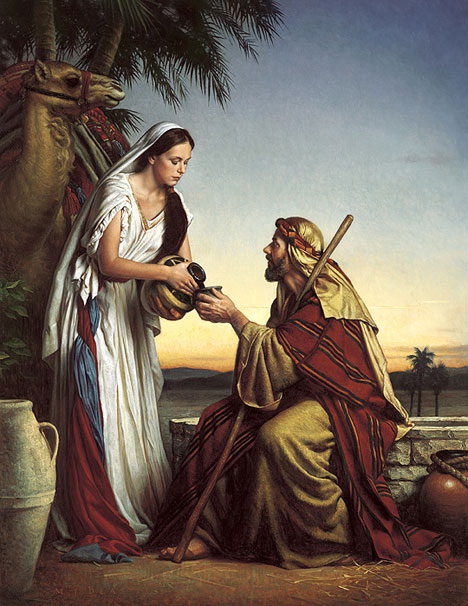
“For I am jealous for you with godly jealousy. For I have betrothed you to one husband, that I may present you as a chaste virgin to Christ.” 2 Cor 11:2
Women are Complex
In Eden, as priest to Eve, Adam’s role was to continually bring her to the Father. She was put “below” Adam in the hierarchy. As the first approach of the High Priest on the Day of Covering — with the blood of a bull — Adam would present himself, standing before God as Mediator (head):
F A T H E R > < S O N + B R I D E
Adam’s job was to bring Eve “between” as the fruit, the evidence, of Covenant relationship. By being faithful to the law, he would open and maintain a clean, safe, Holy Place — a firmament — a house for the bride. The second approach of the High Priest was to cover the body, the nation. In this, he presented the blood of the first goat as the faithful bride (goat hair, symbolising the Lord’s cloud of “bridal” glory, covered the Tabernacle). Like the glory between the Father and the Son in heaven, a glorious Eve was both the fruit of Adam’s obedience, and her future fruitfulness a gift from Father to Son:
F A T H E R > B R I D E < S O N
We see this imaged in the search for and presentation of godly Covenant brides in Genesis. Eliezar and Jacob seek brides for presentation to the Covenant fathers.
Continue reading
Comments Off | tags: Ark of the Covenant, Atonement, Baptism, cherubim, Circumcision, Covenant Theology, Genesis, Joshua, Marriage, Revelation, Satan, Systematic typology, Tabernacle | posted in Bible Matrix, Biblical Theology, Creation
Aug
18
2010
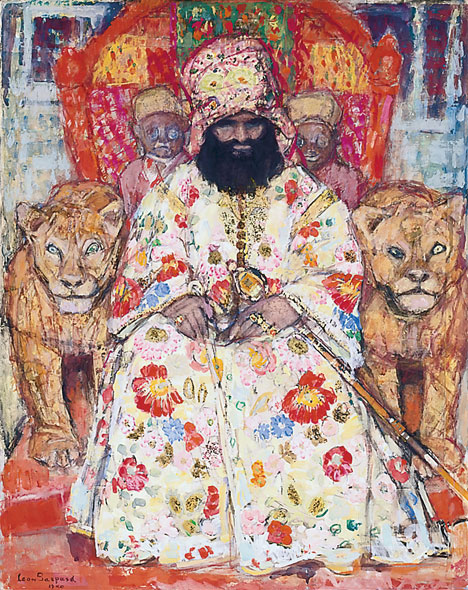
“I am the Door.”
The second part of both the Covenant and matrix structures concerns the authority of the transcendent God being delegated to His servant. Very often, a book of prophecy begins with a vision of the Lord, which promptly knocks Adam onto his face as a dead man, and the destroyer passes over him in the darkness. He is “waters divided.” He is called to be separate from the world, and this sanctification begins with mortification. [1] So Psalm 112, as the second in this Covenant song-cycle, concerns the outcome in the world of the faithful use of God’s authority by His Adam.
Comments Off | tags: Passover, Psalms, Solomon, Systematic typology | posted in Bible Matrix, Biblical Theology
Aug
14
2010

“Do you suppose that I came to give peace on earth? I tell you, not at all, but rather division.” Luke 12:51
Another weird idea James Jordan presents in his Revelation lectures is the premise that the famous Four Horsemen of the Apocalypse represent the gospel. As Uri Brito wrote a couple of years ago, first you think Jordan is nuts; then, as you continue to study, you think he is less nuts. Finally you give in and accept his genius, because his premise is vindicated by the similar use of the symbols in the Old Testament, and the literary structure of the event.
Continue reading
Comments Off | tags: AD70, Balaam, Herod, John, Literary Structure, Numbers, Revelation, Systematic typology, Zechariah | posted in Bible Matrix, Biblical Theology, The Last Days, The Restoration Era
Aug
9
2010
An Exhortation to Be A Fruitful Tree
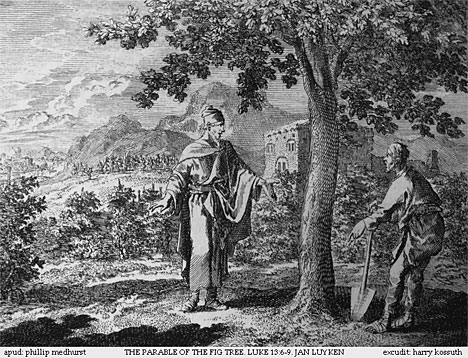
Tabernacles was the final annual feast, a Godfest to be thrown by Jews as a ministry to Gentiles. At the Feast of Clouds [1], every household temporarily became a new house of God, a “local branch” of the Tabernacle, a “priesthood of all believers.” Of course, we see this fulfilled in the book of Acts. Just as we see Paul exhort the Ephesians (Gentiles!) to put on the mediatorial body-armour of the High Priest, [2] his final exhortation to the Roman Christians alludes to not only Israel’s feasts but Israel’s priesthood. Pretty much every church he established was a “booth” made of natural Jewish branches and ingrafted Gentile branches. [3] At Pentecost, the same cloud that received Jesus filled the house. [4] Now every household of faith was a Tabernacle, a glorious cloud with a government of human angel-elders. [5] In the Bible’s literary structure, a recurring motif at Tabernacles is good fruit, godly offspring. God wants more than just a covering of leaves. As in Eden, future generations hang upon wise government.
Continue reading
8 comments | tags: AD70, Add new tag, Atonement, Doug Wilson, Feasts, Genesis, Laver, Literary Structure, Paul, Roman Catholicism, Romans, Systematic typology, Tabernacles, Temple | posted in Bible Matrix, Biblical Theology, The Last Days
Jul
27
2010
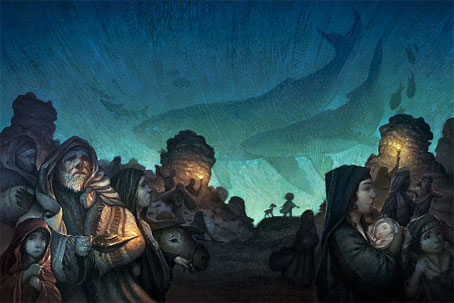
Adam couldn’t face God. Cain’s face fell. Moses’ face shone with reflected light when he returned from the mountain of God. Bezalel and Aholiab constructed the Table of Facebread, which corresponded in the cherubim to the Face Of The Man. David and his men ate the facebread. Saul feared Goliath, but David’s face was red, literally “filled with blood,” before he bloodied Goliath’s face and the usurper fell facedown. [1]
Continue reading
2 comments | tags: Altar of the Abyss, Ascension, Circumcision, Creation Week, Genesis, Incense Altar, Pentecostal, Revelation, Systematic typology, Table of Showbread | posted in Bible Matrix, Biblical Theology, Creation, The Last Days
Jul
10
2010

Foul-mouthed sometime comedienne Janeane Garofalo recently commented that the Bible was a “work of fiction” for a “child-like audience.” The problem with moderns, including most modern evangelical Christians, is that they think the Bible is primitive. Hah! They’re like a man from the industrial revolution classifying a printed circuit board as a pretty (if eccentric) Mayan artifact. Providentially, the Bible is easier to understand than a circuit board.[1] It was designed for discipleship, so we need to be taught how to read it.
Continue reading
Comments Off | tags: Systematic typology, Typology | posted in Apologetics, Bible Matrix, Biblical Theology
Jul
1
2010
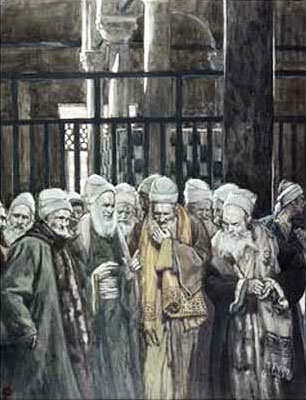
As I’ve mentioned here before, and in Totus Christus, the reference to the “man of sin” in Revelation is the sixth stanza of what is usually a seven stanza format. Only, in the case of this “Adam,” his seventh stanza is missing. [1] There is no Shekinah, no rest, no transfiguration, no bestowed glory. He crowned himself, so for him there would be no true crown.
Continue reading
Comments Off | tags: AD70, antichrist, Ark of the Covenant, Corinth, Covenant Theology, Herod, Literary Structure, Man of sin, Paul, Systematic typology | posted in Bible Matrix, Biblical Theology, Ethics, The Last Days, Totus Christus
May
27
2010
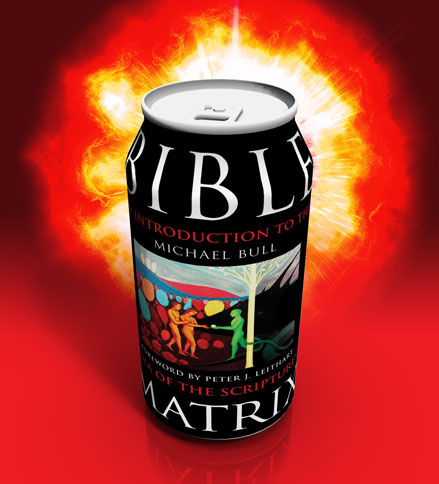 INGREDIENTS: An irrefutable demonstration of Genesis 1 as the foundational shape of both Biblical history and Biblical literature; an exciting, entry-level introduction to Systematic Typology; a demonstration of the use of this system in the Bible that might make even Christopher Hitchens’ jaw drop; many unspoken but obvious implications of this premise including: a) evidence for the unity of the entire Bible, b) a demonstration that Genesis 1-11 is history because it gradually builds a foundation for the necessity of the call of Abraham, c) evidence for the sovereignty and wisdom of the God Who orders all events in history according to His plan, no matter how chaotic things appear at the time; and finally, an overview of New Testament history based on all the Biblical structures previously observed that has enormous implications not only for hermeneutics but for the future of Christianity. And sugar.
INGREDIENTS: An irrefutable demonstration of Genesis 1 as the foundational shape of both Biblical history and Biblical literature; an exciting, entry-level introduction to Systematic Typology; a demonstration of the use of this system in the Bible that might make even Christopher Hitchens’ jaw drop; many unspoken but obvious implications of this premise including: a) evidence for the unity of the entire Bible, b) a demonstration that Genesis 1-11 is history because it gradually builds a foundation for the necessity of the call of Abraham, c) evidence for the sovereignty and wisdom of the God Who orders all events in history according to His plan, no matter how chaotic things appear at the time; and finally, an overview of New Testament history based on all the Biblical structures previously observed that has enormous implications not only for hermeneutics but for the future of Christianity. And sugar.
Continue reading
6 comments | tags: Bible Matrix, Systematic typology | posted in Bible Matrix, Biblical Theology






